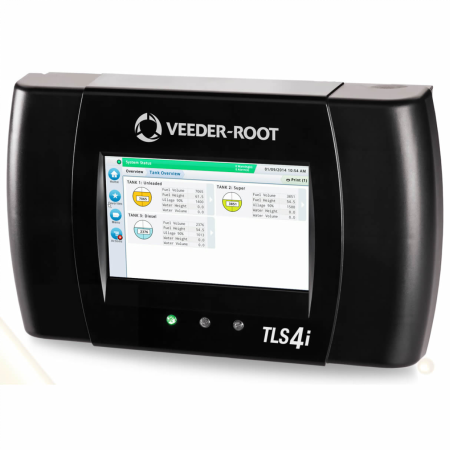Automatic tank gauging (ATG) systems are essential to maintaining smooth and safe operations at UST facilities. Their main function is to monitor fuel (and water) levels in UST tanks and inform facility owners about the current status of their fuel stock.

Using this information, facility owners can order new stock of fuel in a timely fashion and keep their stations from running dry. Also, they serve to alert owners about potential fuel contamination issues, enabling them to take immediate steps to protect their inventory from being wasted.
Because of the capability of ATG systems to monitor fuel level in real time, many UST facility owners alternatively deploy them to report potential fuel theft incidents and detect unintentional spills and leaks from tanks.
This blog overviews the use of ATG systems for leak detection at UST facilities and covers protocols, best practices, and application limits.
ATG for Leak Detection: Protocols
Primarily, two types of testing protocols are employed when using an ATG system for leak detection, periodic testing, and continuous testing.
In periodic testing, the tank is shut down for several hours, during which time there’s no delivery or dispensing of fuel. It is typically done overnight to avoid operational interruptions. Any significant volume changes signal the presence of a leak. In case there are no volumetric changes, the tank is passed as “tight.”
In continuous testing, the ATG is set in continuous mode. In this mode, the system monitors the fuel level in the tank for periods of 15 to 20 minutes, in between customer visits. When the system gathers enough information, it returns the result of the leak test to the user.
The EPA strictly instructs facility owners to get their tanks checked and repaired for leak rates exceeding 0.2 gallons per hour.
ATG for Leak Detection: Best Practices
When using an ATG system for leak detection, follow these practices to ensure accurate and reliable results:
- Always keep the ATG alarm “On” to detect spontaneous and abrupt leaks and spills.
- Avoid performing leak tests immediately after fuel deliveries; let the temperature inside the tank stabilize to obtain accurate readings.
- Perform leak detection tests at least once every 30 days and keep the test reports on site for a minimum of 12 months.
ATG for Leak Detection: Application Limits
Although an ATG system can be reliably used in leak detection applications, the system inherently carries some limitations which should be kept in mind:
- To get accurate data through an ATG, there must be a minimum amount of fuel present inside the tank
- An ATG comes with volume constraints that must be considered when choosing a tank for system installation
- An ATG should not be operated in unstable temperature settings as it can produce inaccurate readings
This completes our application overview of ATG systems for leak detection at UST facilities. We hope you found the information useful.
John W. Kennedy Company is your one-stop shop for high-quality service station equipment and supplies. We sell everything you need to keep your gas station operational, safe, and efficient. Visit our online store to view our complete product catalog.




